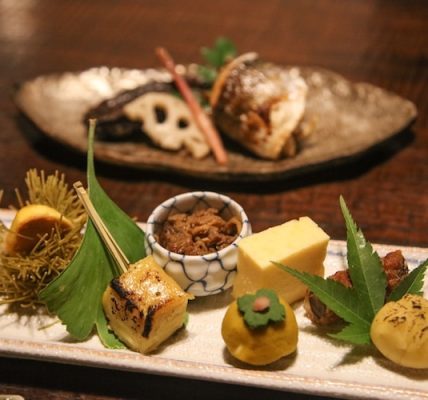Baking is an art form that combines creativity, science, and precision to create delicious and visually stunning treats. Whether you’re a novice baker or an experienced pastry chef, the journey of baking is filled with opportunities to learn, experiment, and perfect your craft. This article will guide you through the essentials of baking, from basic techniques to crafting masterpieces.
1. The Basics of Baking
Understanding Ingredients
The foundation of baking lies in understanding the role of each ingredient. Common ingredients include flour, sugar, eggs, butter, and leavening agents like baking powder and yeast. Each ingredient has a unique function:
- Flour provides structure.
- Sugar adds sweetness and aids in browning.
- Eggs contribute to structure, moisture, and flavor.
- Butter adds richness and flavor.
- Leavening agents help baked goods rise.
Essential Equipment
Having the right tools is crucial for successful baking. Some essential equipment includes:
- Mixing bowls and measuring cups/spoons for accurate measurements.
- Baking pans in various shapes and sizes.
- A mixer (stand or hand) for combining ingredients.
- Oven thermometer to ensure accurate baking temperatures.
- Silicone spatulas and whisks for mixing and folding.
Basic Techniques
Mastering basic techniques is the first step to becoming a proficient baker. Key techniques include:
- Creaming: Beating butter and sugar together to incorporate air and create a light texture.
- Folding: Gently incorporating dry ingredients into wet ingredients to avoid deflating the batter.
- Kneading: Working dough to develop gluten, crucial for bread making.
- Proofing: Allowing dough to rise and develop flavor, especially in yeast-based recipes.
2. Advanced Baking Techniques
Pastry and Doughs
Advanced baking involves mastering various pastries and doughs, such as:
- Puff pastry: A laminated dough that creates flaky layers.
- Choux pastry: Used for éclairs and cream puffs, it puffs up when baked.
- Shortcrust pastry: Used for pies and tarts, it has a crumbly texture.
Decorating and Presentation
Creating visually appealing baked goods is an art. Techniques include:
- Piping: Using a piping bag to create intricate designs with icing or whipped cream.
- Fondant work: Covering cakes with a smooth layer of fondant and creating decorative elements.
- Tempering chocolate: Melting and cooling chocolate to achieve a glossy finish for decorations.
3. Baking Masterpieces
Signature Cakes and Desserts
Creating signature cakes and desserts involves combining flavors, textures, and presentation. Some examples include:
- Layer cakes with various fillings and frostings.
- Tarts and pies with creative fillings and lattice crusts.
- Macarons: Delicate almond meringue cookies with flavorful fillings.
Experimenting with Flavors
Innovation in baking often comes from experimenting with flavors and ingredients:
- Infusing: Adding herbs, spices, or teas to batters and fillings.
- Pairing: Combining complementary flavors like chocolate and raspberry or lemon and lavender.
- Global influences: Incorporating ingredients and techniques from different cuisines, such as matcha from Japan or cardamom from India.
4. Tips for Success
- Practice patience: Baking requires precision and patience. Rushing through steps can lead to mistakes.
- Read recipes thoroughly: Understanding the recipe before starting ensures you have all ingredients and tools ready.
- Keep learning: Baking is an ever-evolving art. Stay inspired by trying new recipes and techniques.
Conclusion
The art of baking is a rewarding journey that transforms simple ingredients into delightful masterpieces. By mastering the basics, exploring advanced techniques, and continuously experimenting, you can create baked goods that are not only delicious but also visually stunning. Whether baking for yourself, family, or friends, the joy of baking comes from both the process and the final product. So, put on your apron, preheat your oven, and start your baking adventure today!




